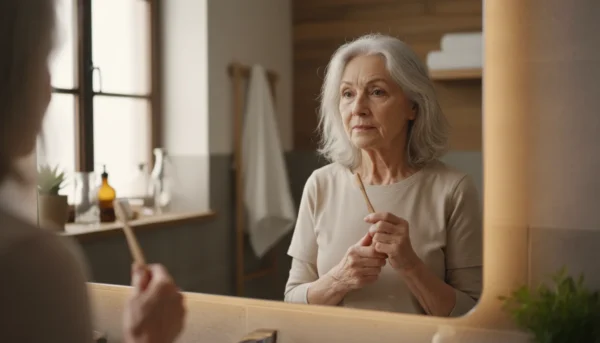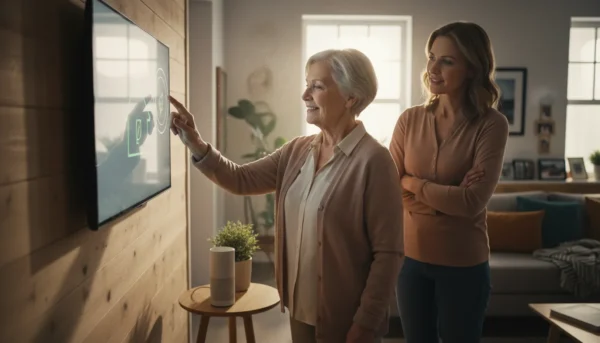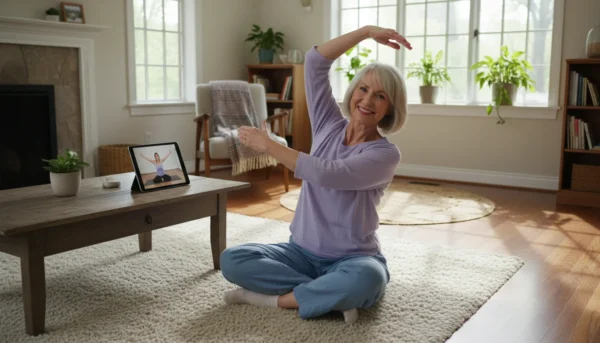
The Truth About Dental Insurance for Seniors Over 65
The Truth About Dental Insurance for Seniors Over 65 Navigating healthcare in retirement presents unique challenges, especially when it comes to

The Truth About Dental Insurance for Seniors Over 65 Navigating healthcare in retirement presents unique challenges, especially when it comes to

How to Deal With Adult Children Who Want Your Money As you navigate your retirement years, you naturally want to provide

Senior-Friendly Smart Home Devices That Actually Help Retirement opens doors to new adventures, cherished connections, and the freedom to truly enjoy

How to Create a Legacy Video for Your Family Your life story is a treasure. It holds unique experiences, wisdom gained,

The Best Audiobook Services for Seniors With Vision Challenges Embracing retirement means discovering new ways to engage your mind, connect with

Managing Multiple Medications: A Senior’s Organizational Guide Managing multiple medications becomes a common reality for many seniors. As you age, your

How to Transition from Full-Time Work to Part-Time Retirement Transitioning from a full-time career to part-time retirement, often called phased retirement

The Pros and Cons of Age-Restricted Communities As you navigate the exciting landscape of retirement, you likely consider many avenues for

Senior Fitness Classes You Can Take Online (Many Are Free) Staying active remains incredibly important as you age. Regular physical activity